AGNES MARTIN & nbsp(1912-2004)
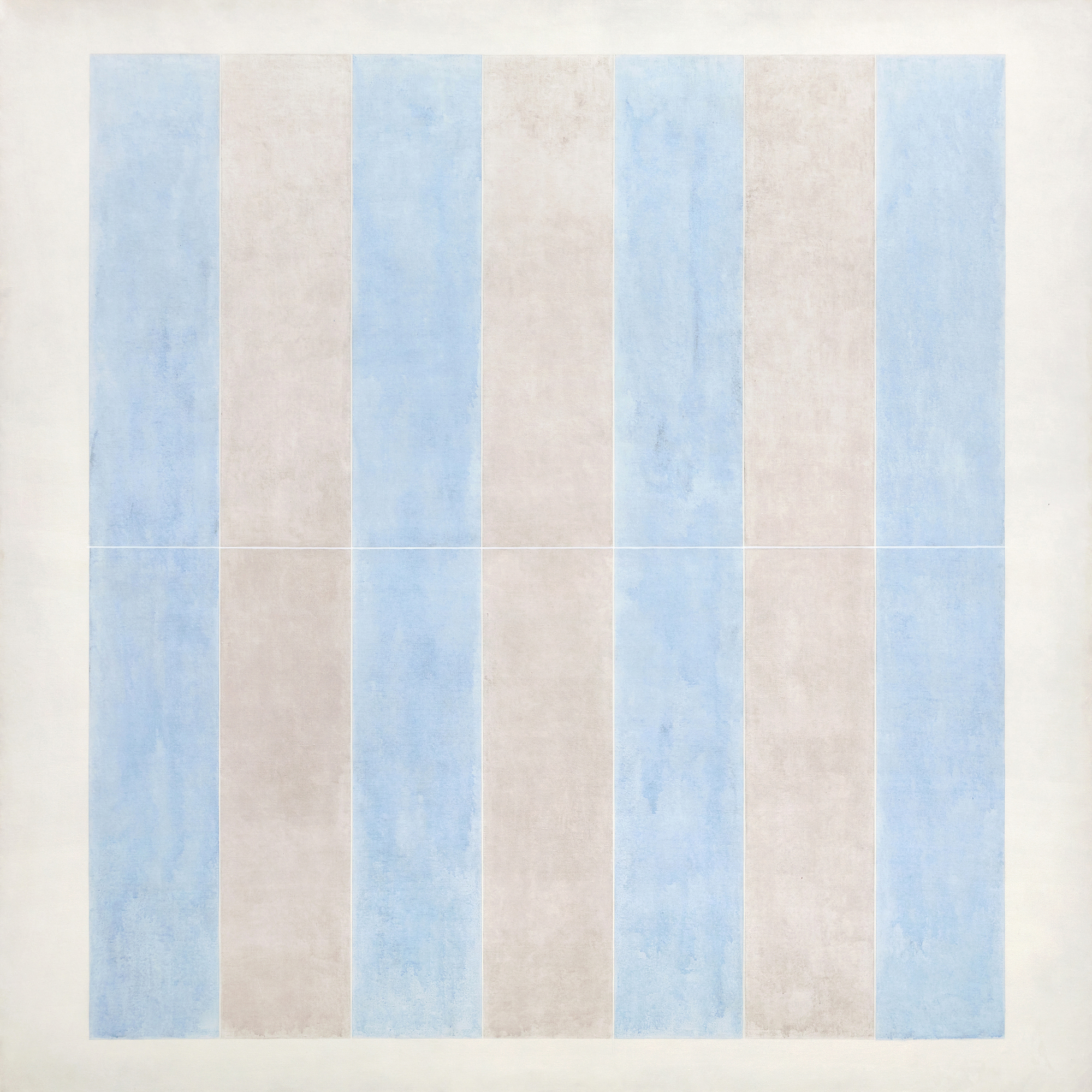

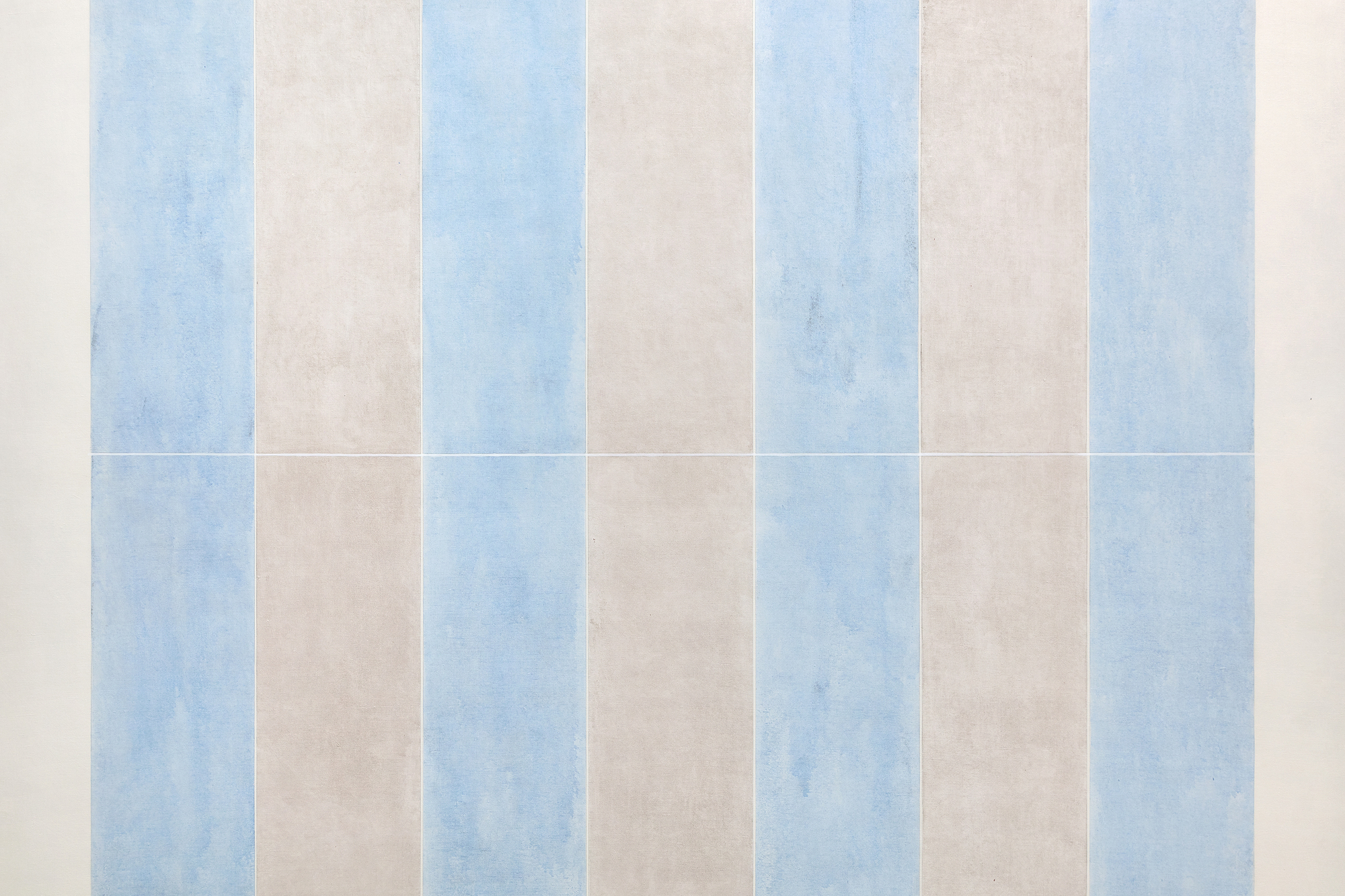
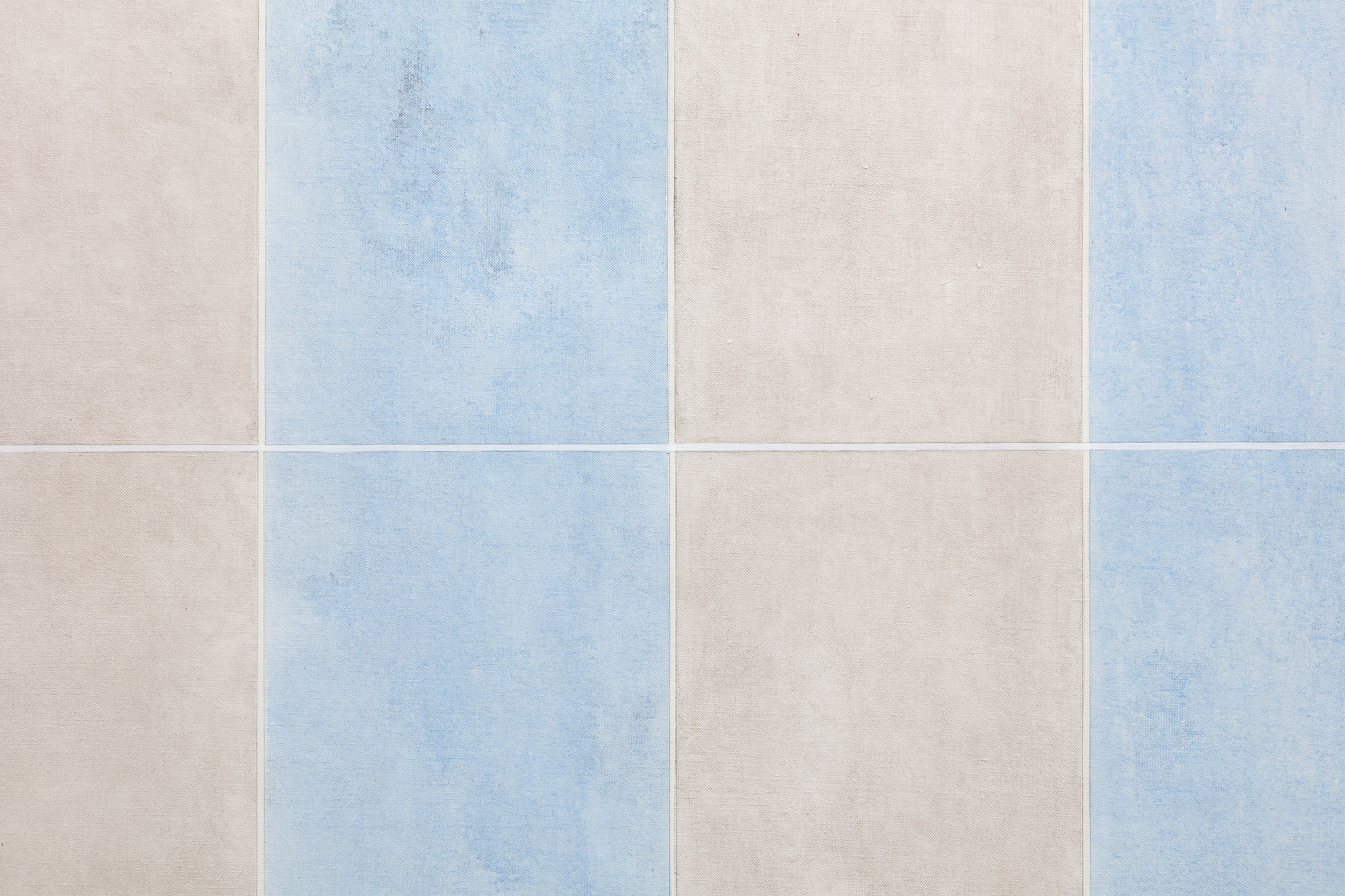
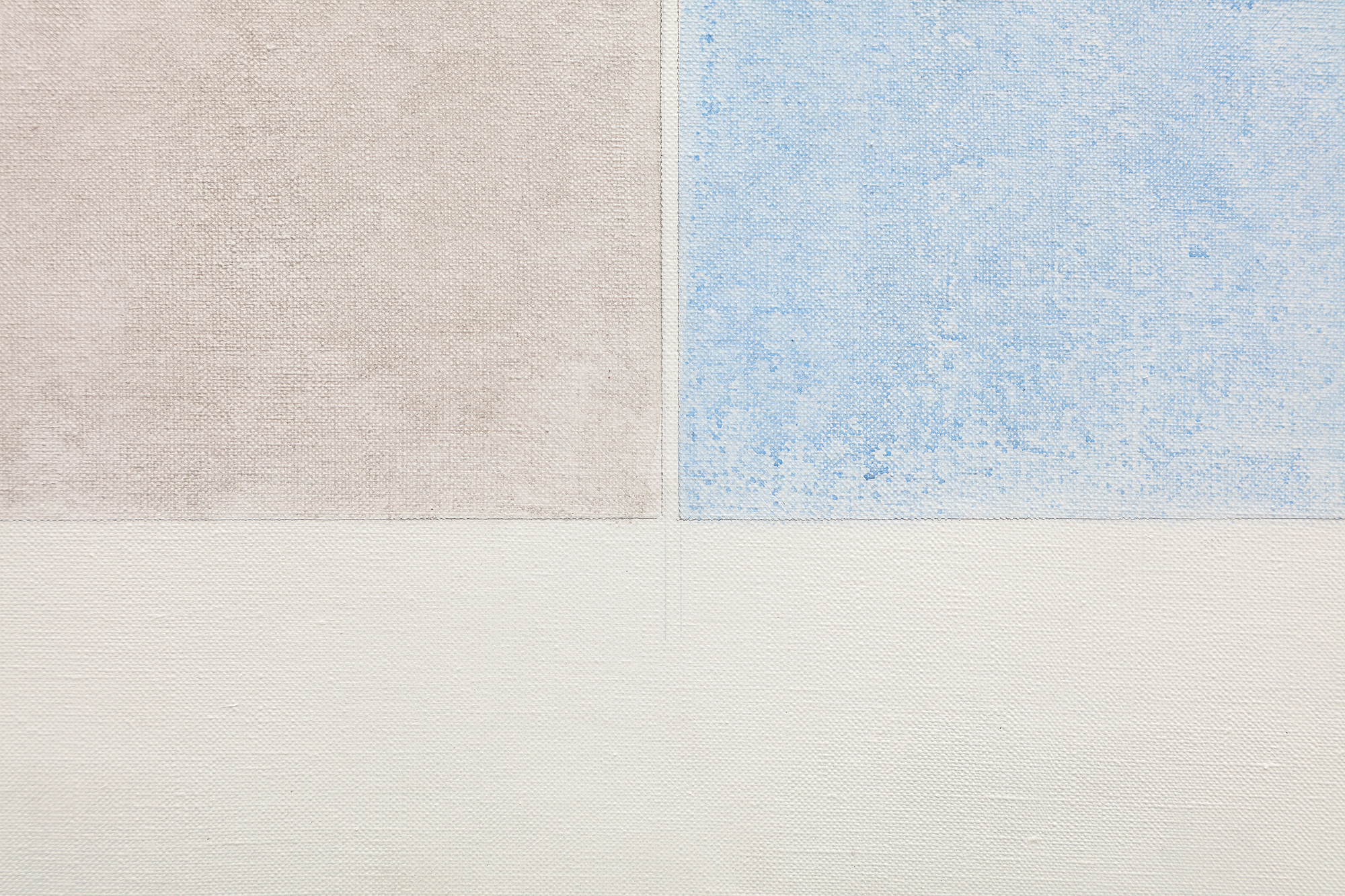
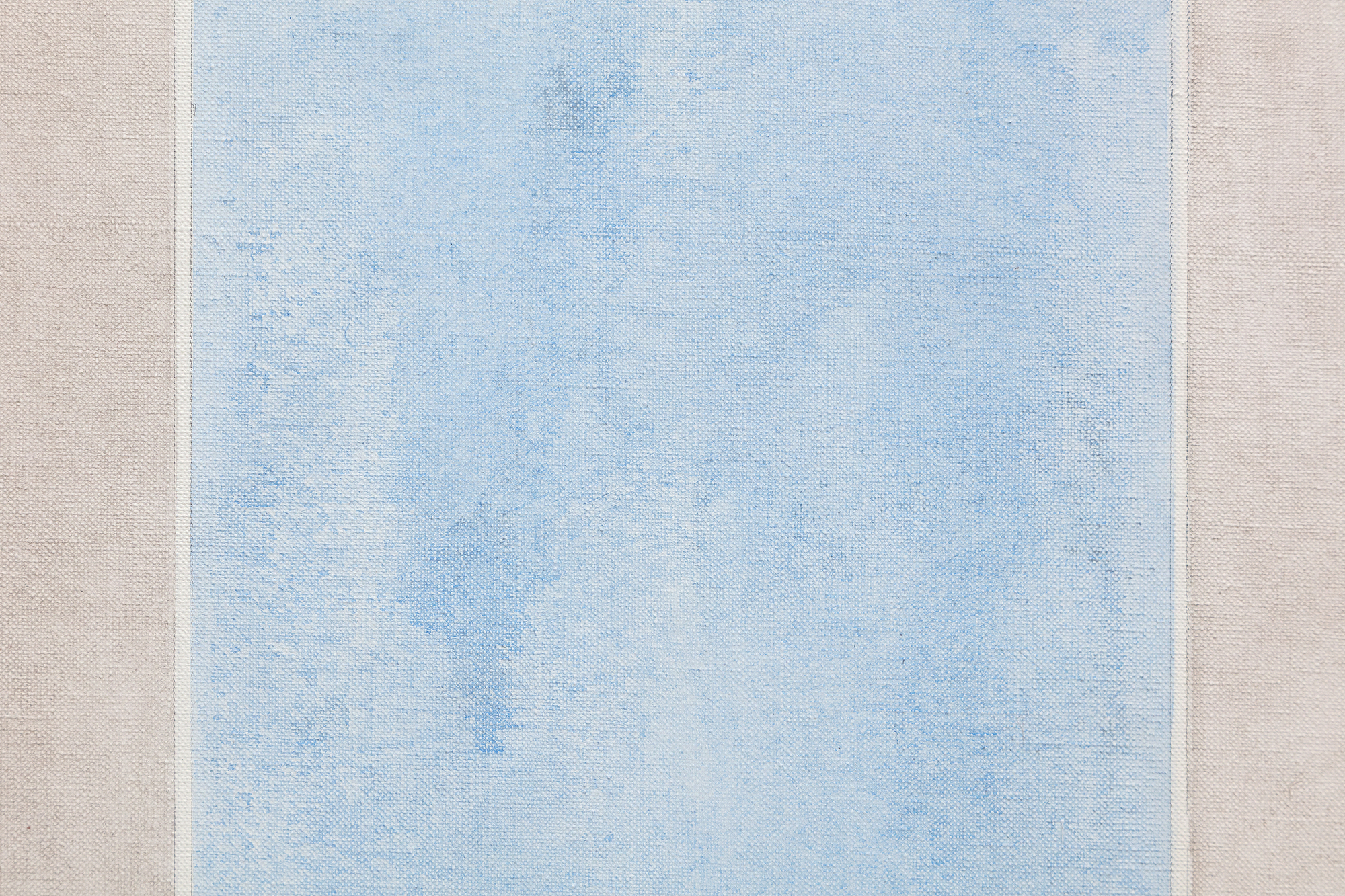
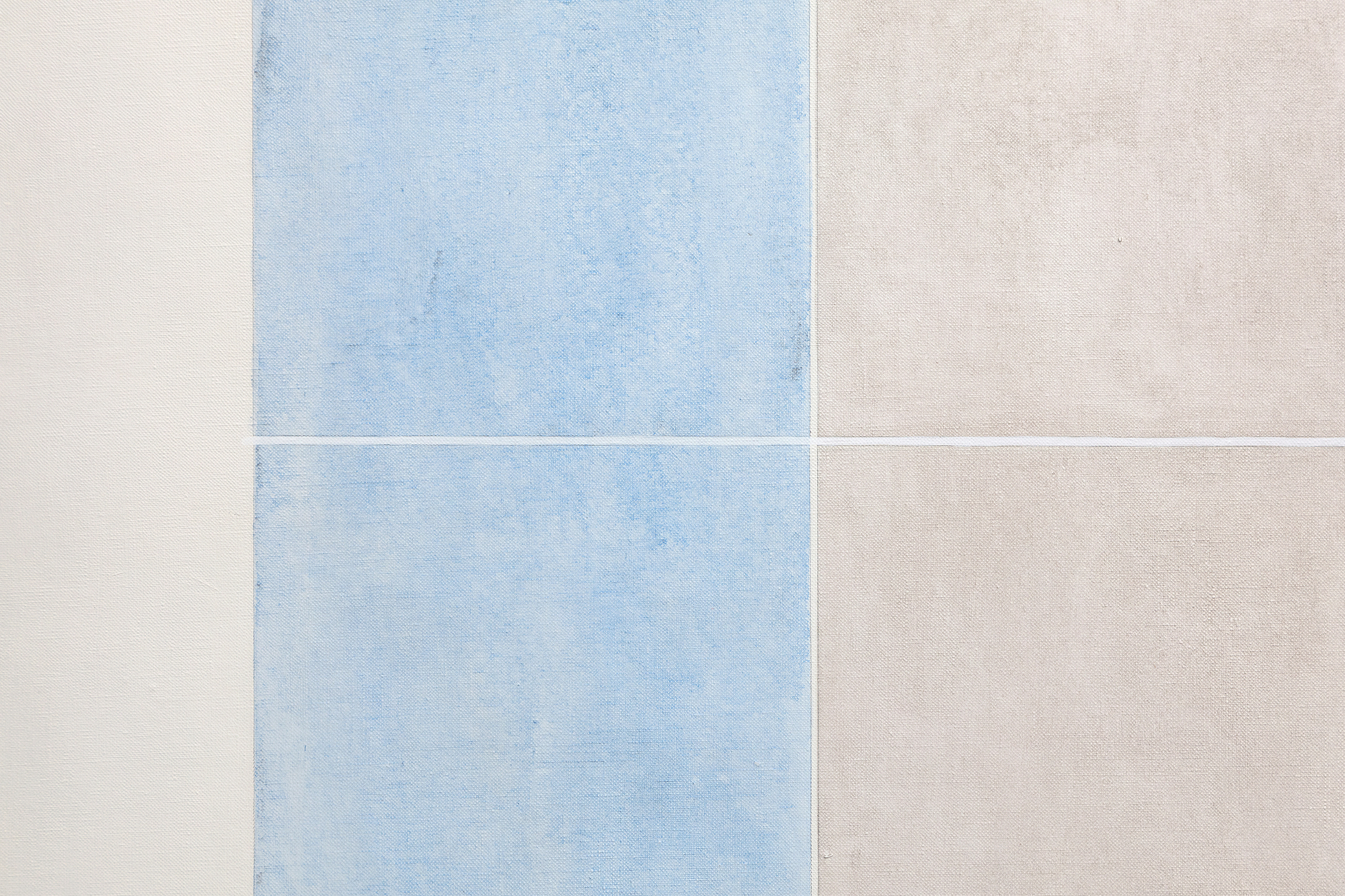
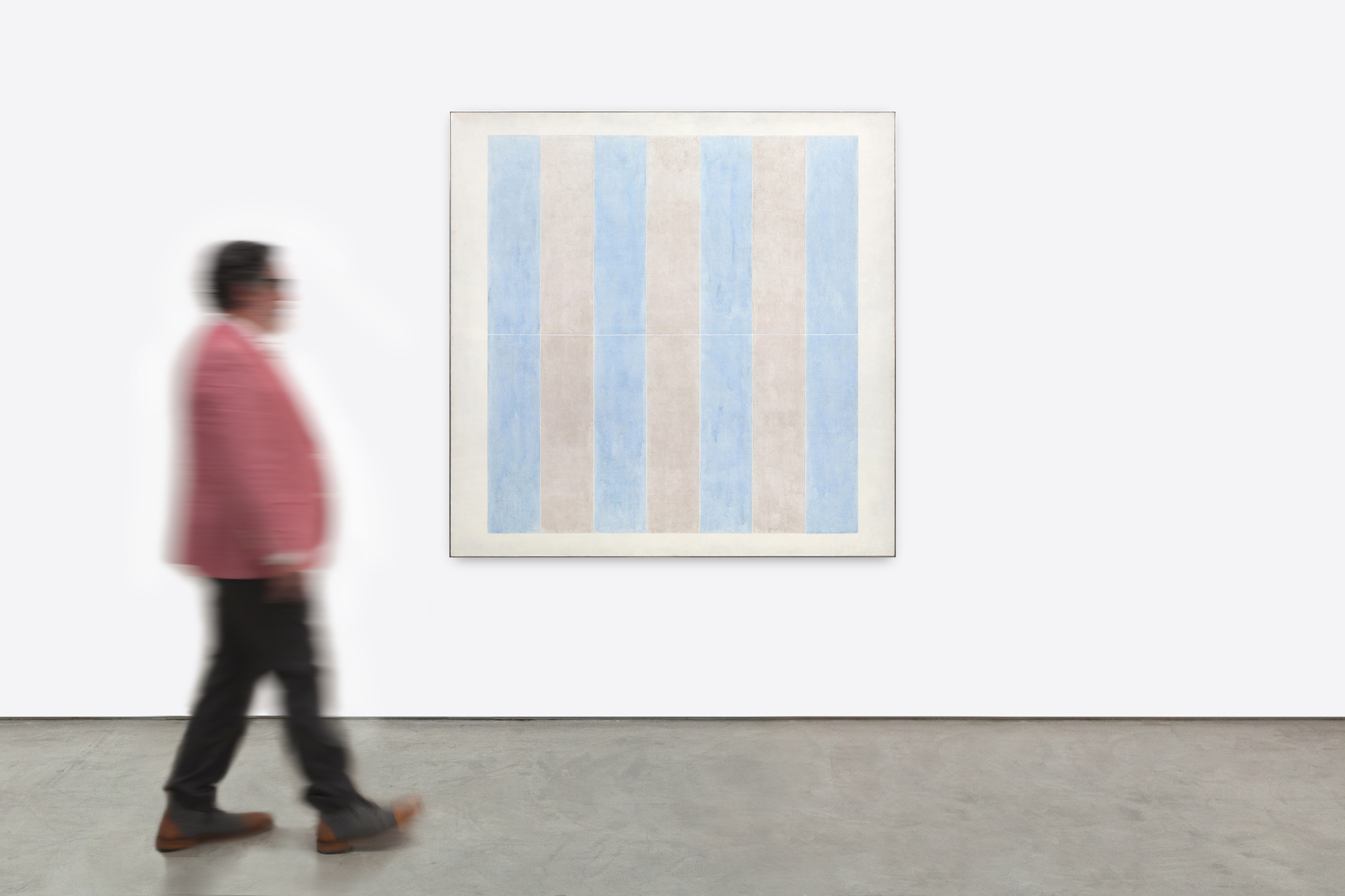
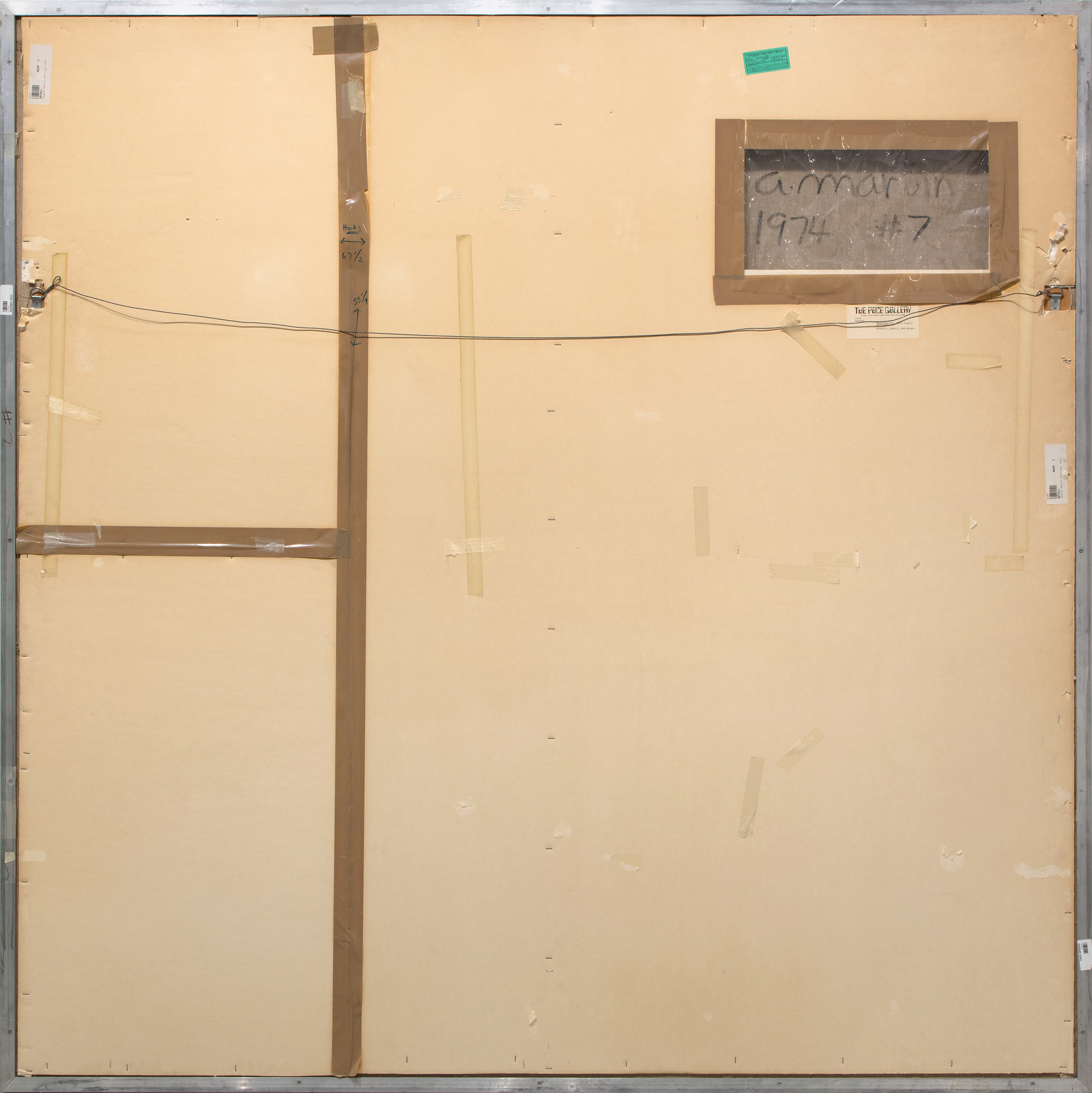
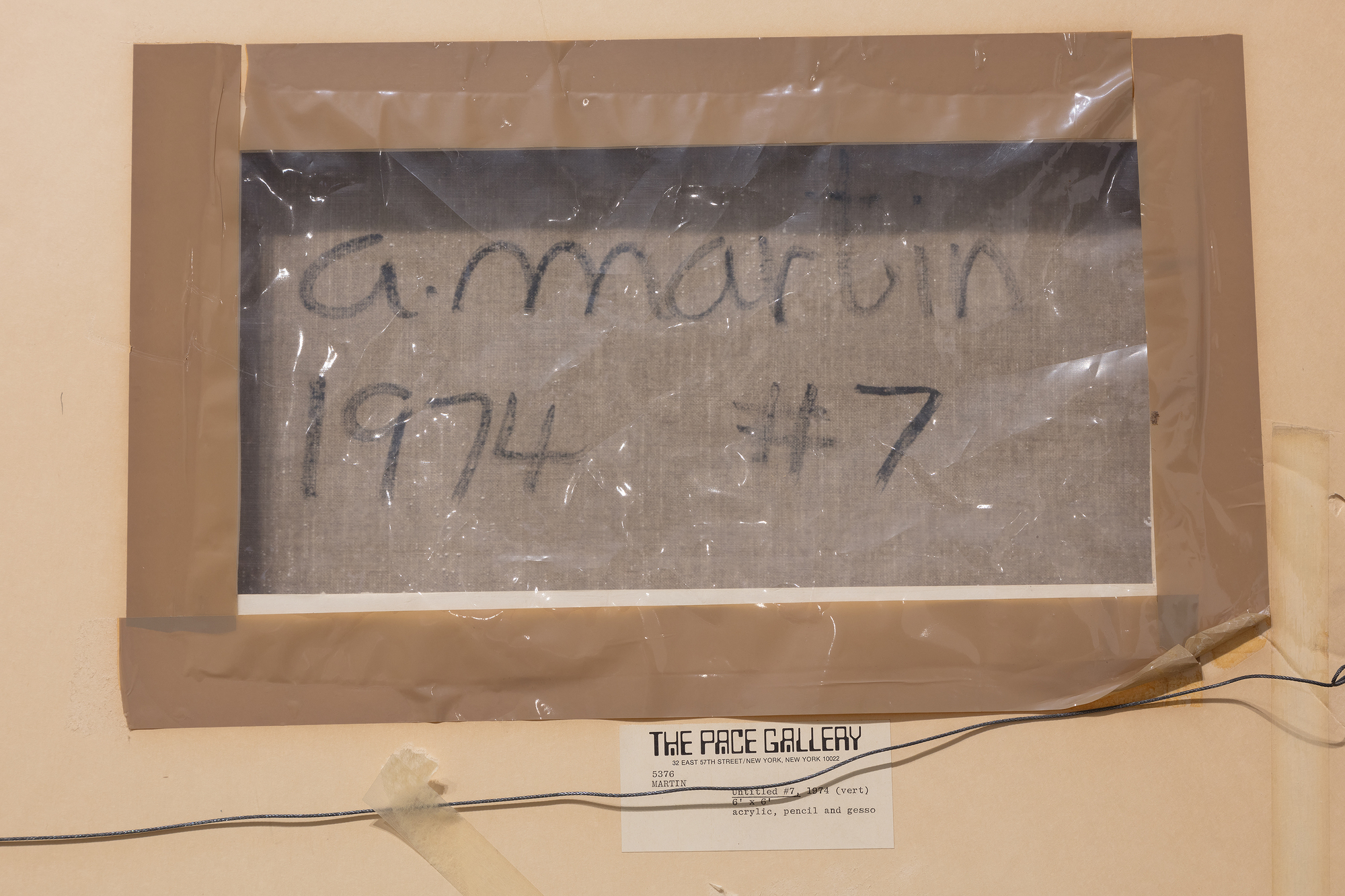
الاصل
معرض بيس، نيويوركهيلين دبليو بنجامين، نيويورك
دار سوذبيز نيويورك، 8 مايو 1996، القطعة 50
مجموعة خاصة، الولايات المتحدة
إيس غاليري، لوس أنجلوس
مجموعة خاصة، تم الاستحواذ عليها من المذكور أعلاه، مايو 1998
معرض
نيويورك، معرض بيس، أغنيس مارتن: لوحات جديدة، 1975الادب
Beeren, W.A.L., Bloem, M. (1991), Agnes Martin: اللوحات والرسومات 1974-1990، متحف ستيديليك. ص 62 (مصورة)بيل، ت.، كتالوج أغنيس مارتن كاتالوج Raisonné : اللوحات [على الإنترنت]، معهد كاهير للفنون
غروين، ج. (سبتمبر 1976)، "... اكثر...أغنيس مارتن: "كل شيء، كل شيء يتعلق بالشعور... الشعور والاعتراف" Artnews، ص 91، مصورة بالألوان
غولا، ك. (مايو - يونيو 1975)، "مراجعة المعارض: Agnes Martin at Pace," Art in America 63, p. 85، ص. 85، مصورة بالألوان
... اقل...
تُعد لوحة "رقم 7" (1974) من بين اللوحات الأولى من هذه المرحلة الرئيسية الثانية من حياتها المهنية. تهدف إلى التأكيد على إعادة توجيه دراماتيكي يركز على اللون بدلاً من الخط أو الشبكات المجدولة التي كانت تستخدمها في أعمالها قبل عام 1967، حيث تتيح الرؤية البعيدة للأشرطة الباهتة المتلألئة تقديراً واسعاً للتحولات الدقيقة المشعة بين مناطق الألوان. ربما تكون ظواهر وعناصر طبيعية عديدة متأصلة في تجربة صحراء نيو مكسيكو الجديدة قد ألهمت هذه الأفكار الجديدة والواسعة. قد تكون العمودية المطلقة لجبالها ومنحدراتها ووديانها، أو أعمدة الضوء التي تتدفق بشكل دراماتيكي من خلال الفجوات في السحب إلى أرض الصحراء، هي التي ألهمت الاتجاه العمودي هنا. ومع ذلك، فإن تأثير لوحة "رقم 7" (1974) يظهر بكل تأكيد من خلال إخلاصها للمثل البوذية والداوية التي تبحث عن الجمال من الداخل، وليس من نقاط مرجعية خارجية. تطلب مارتن من المُشاهد أن يفكر في أعمدتها المتكررة أو شرائطها اللونية الباهتة كنوع من التعويذة بقدر ما هي تجربة بصرية. إنها تتحدى قدرة مخيلتنا، وتشجعها على إطلاق العنان لها واعتبار هذا العمل موضوعاً للتأمل، وهي تعلم جيداً أن لوحاتها تتطلب درجة من الالتزام. وكما لو أنها تحذر أولئك الذين لا يملكون الصبر لاستيعاب تأثير الإشعاع الباطني الغيبي المتأصل في اللوحات أو كيفية تأثيرها على وعي المرء الأكبر بإمكانية التعبير عن السمو، لدينا تعليقها: "لا يوجد أحد لا يستطيع الوقوف طوال فترة ما بعد الظهر أمام شلال".


